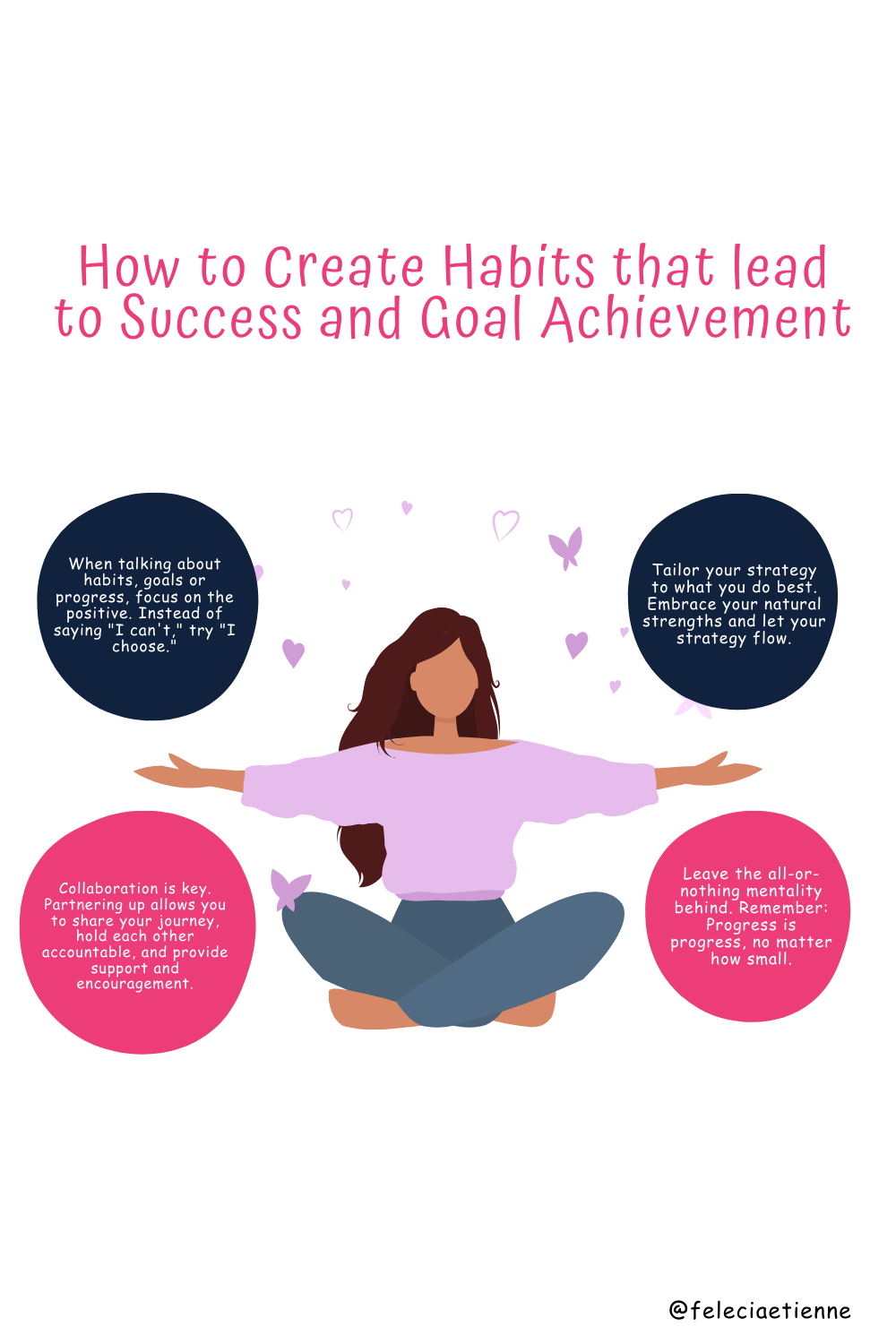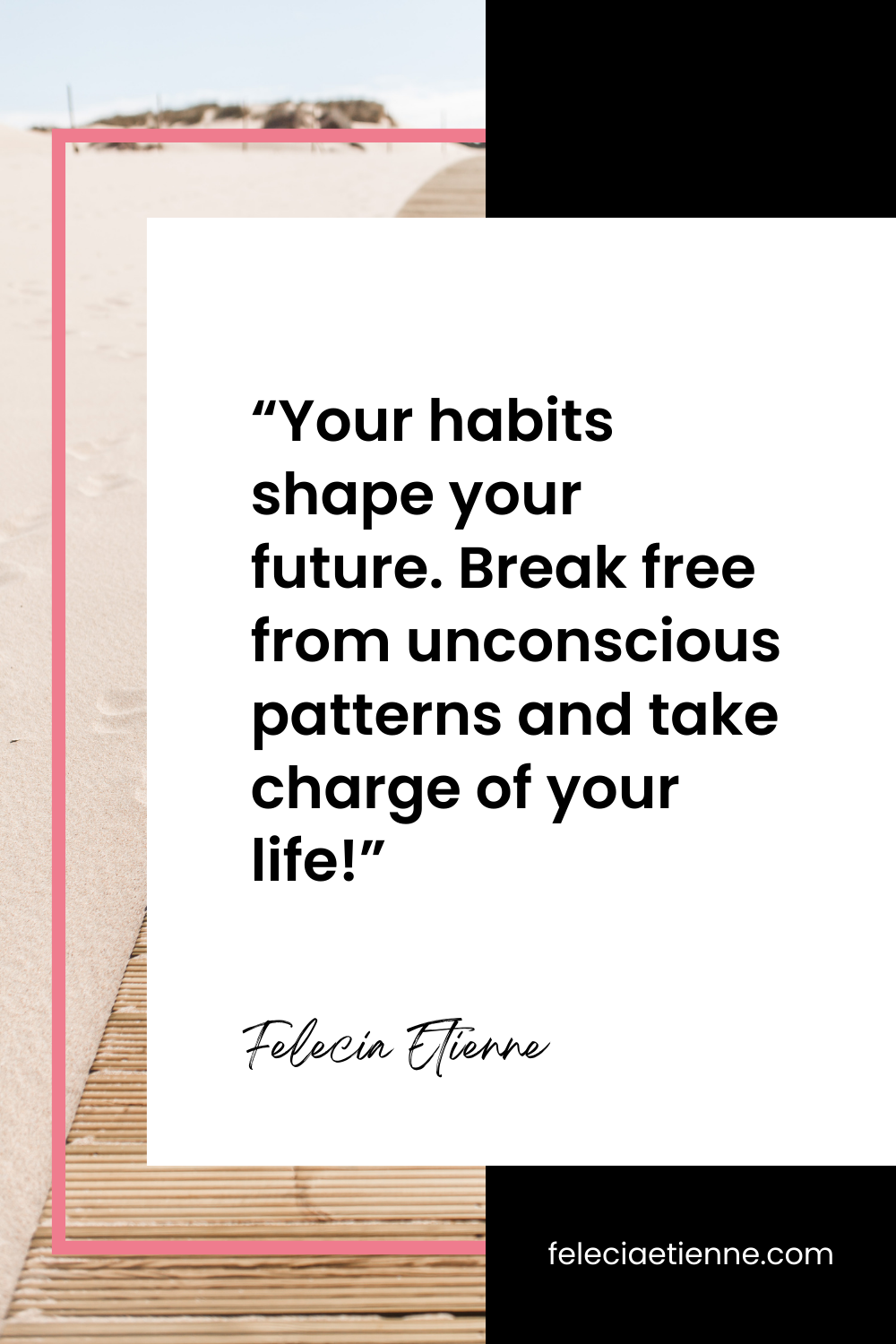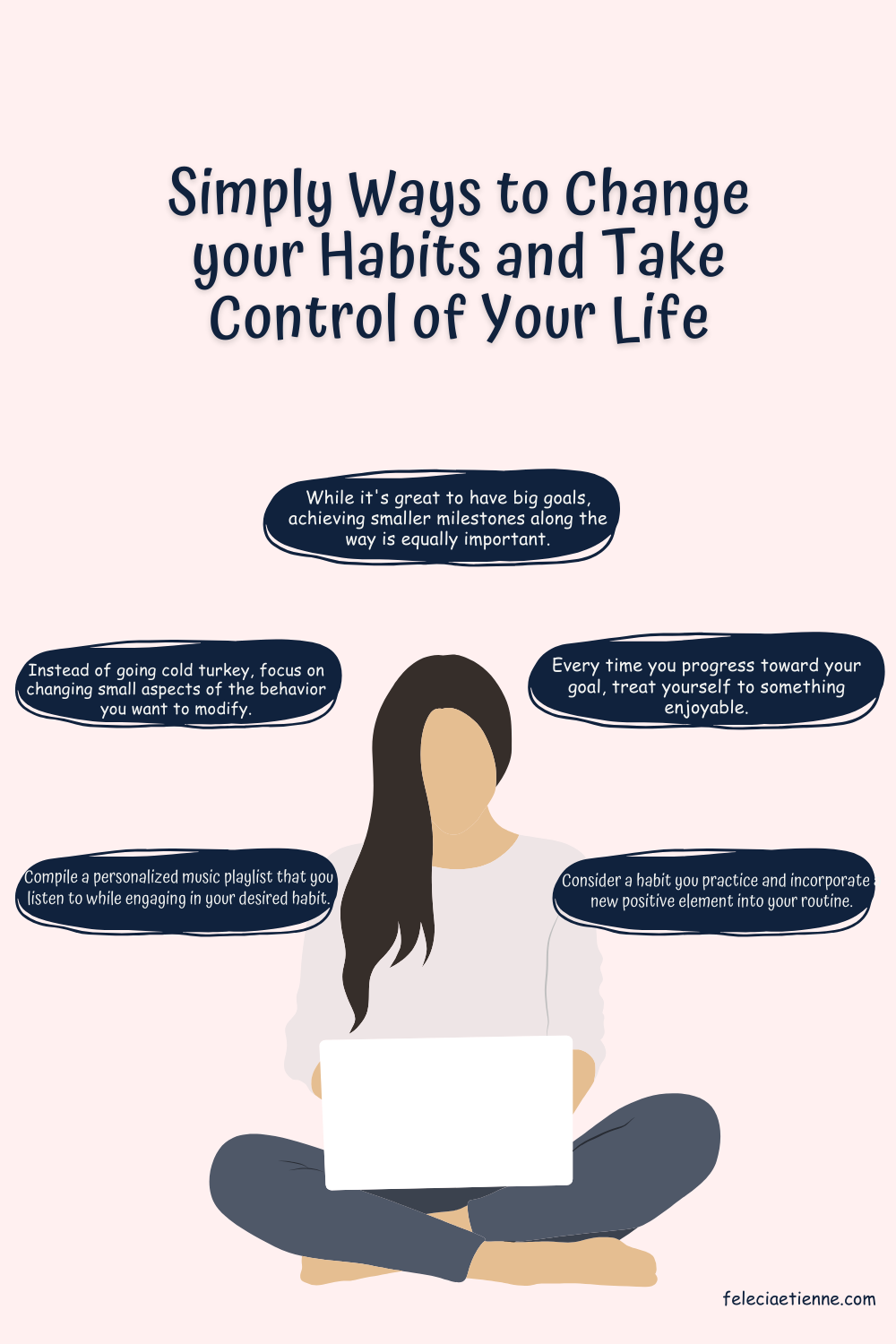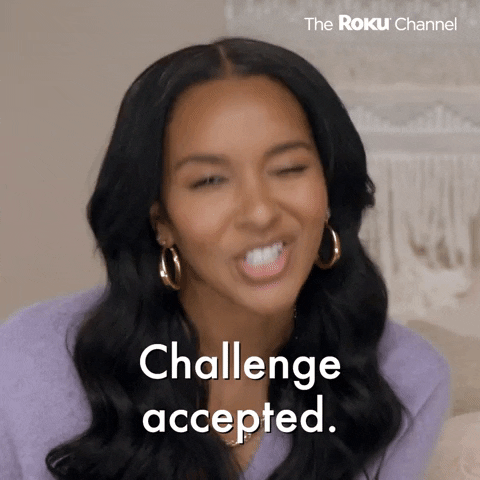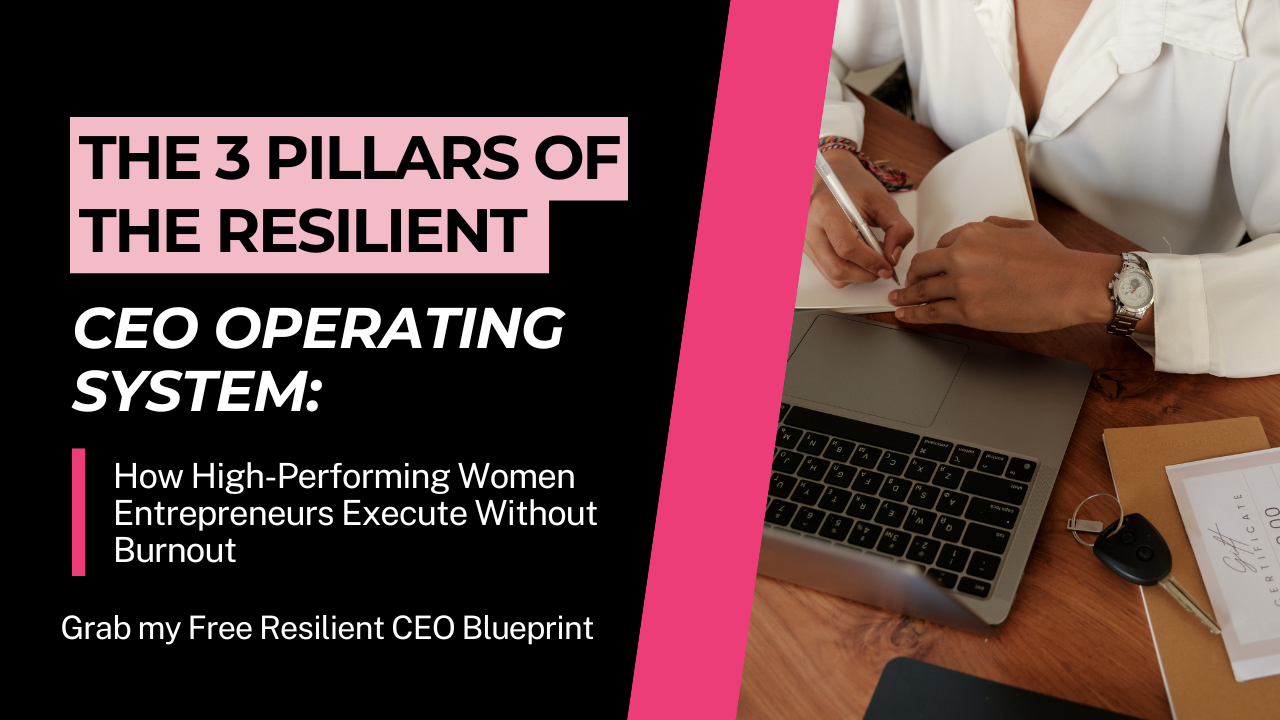Neuroplasticity Transformation: Rewiring Your Habits for a Kickass Life
Neuroplasticity Transformation: Rewiring Your Habits for a Kickass Life
Are you part of the 44% of Americans who make New Year's resolutions? We all strive to better ourselves, but do you find it challenging to stick to your goals? But here's the kicker - despite our initial excitement, almost half of us struggle to stick to our resolutions. Whether it's January or any other month, the struggle is real. Have you made a commitment that you're finding hard to keep? If that’s you, know that you're not alone. I've been there, too, which is why I want to explore the reasons behind this challenge.
The reason we struggle to stick to our resolutions, aka commitments?
Most of us aren't practicing "self-directed neuroplasticity," which is the secret to sticking to those resolutions. It's all about rewiring your brain to create habits that truly rock your world. So, if you're tired of the same old cycle of making and breaking resolutions, hang tight. In this blog, we're diving deep into self-directed neuroplasticity, uncovering how habits form, and arming you with practical tips to master your habits. Get ready to transform your life – one Habit at a time! 🚀
So, what is Self-directed neuroplasticity?
Self-directed neuroplasticity is all about intentionally rewiring your brain to develop kickass positive habits. It means actively reflecting on your actions and creating new neural pathways. It may sound complicated, but it's a powerful and science-based approach to breaking bad habits and forming healthier ones.
The term was introduced by researcher Dr. Jeffrey Schwartz and gained popularity through the work of Dr. Rick Hanson, a senior fellow at senior fellow psychologist at UC Berkeley's Greater Good Science Center. Dr. Hanson is also the author of the book titled "Hardwiring Happiness."
Now, let's talk about self-directed neuroplasticity and how it's different from experience-dependent neuroplasticity.
Experience-dependent neuroplasticity is a passive process where we reinforce habits by repeatedly engaging in them, whether good or bad. But here's the thing – self-directed neuroplasticity gives you the power to change your habits. It's not too good to be true. So, keep reading to find out how you can effectively put this method into practice and transform your life. By consciously thinking, acting, and feeling differently, you can create new neural pathways that make it easier for you to stick to your desired habits.
How exactly does self-directed neuroplasticity work?
Let's break it down into three steps: awareness, focus, and repetition.
First things first – become aware of your current habits.
This may involve keeping a journal, tracking your behavior on a habit tracker app, or simply paying close attention to your thoughts and actions. Once you know where you're at, it's time to shift your focus to the habits you want to change.
Next up – focus on the desired habit by consciously choosing to engage in it every day.
The key here is consistency. As they say, practice makes perfect. Sooner or later, your brain will start forming new neural pathways, making it a breeze for you to stick to this habit without breaking a sweat.
The final step is repetition - Keep practicing the desired habit until it becomes an automatic response – something you do without thinking about.
It may take some time, but with patience and persistence, you can make any habit a part of your daily routine.
Now, let's address the elephant in the room – why is it so hard to break bad habits and form new ones?
Alright, here's the deal: our brain's reward system is all about avoiding aka moving away from pain and seeking pleasure. It's just how our brains are wired. That's why our brain releases dopamine, a feel-good hormone, when we engage in a habit that gives us instant gratification (like scrolling through social media). This creates a reward loop that reinforces the habit.
But with self-directed neuroplasticity, you can break this reward loop and create new ones by consciously choosing to engage in habits that align with your goals and values. It's all about reprogramming your brain to find pleasure in healthier habits rather than harmful ones.
So, keep reading to find out how to effectively apply this method and change your habits, ultimately transforming your life.
The Formation of Habits
Habits are like those everyday rituals that become second nature to you, operating unconsciously in the background.
A habit is something deeply ingrained, making it hard to change. It could be shaking your leg when you're anxious, grabbing a glass of wine after a long day, or mindlessly binge-watching Netflix instead of focusing on what matters.
Sometimes, habits sneak up on you subconsciously, like leg jiggling during a flight or talking super fast during public speaking.
But have you ever wondered how habits start?
“Find joy in progress, not just instant gratification. Remember, real happiness comes from long-term fulfillment, not fleeting moments.”
Your brain is always looking for actions that give you a dose of that sweet dopamine - the chemical that makes you feel rewarded. It's all wired in your sensory nervous system, driving you to chase pleasure. So, any habit you develop is basically your brain's way of seeking out what's rewarding and avoiding what's not.
When your brain recognizes a pattern linking action and satisfaction, it stores this information in the basal ganglia, where emotions, memories, and habits form. But conscious decisions are made in the prefrontal cortex, not here.
That's why breaking habits can be a real challenge. They come from a part of the brain that you have limited conscious control over, often leaving you unaware of their existence.
In the good old days, this was helpful: your brain's reward center helped you survive by pushing you to find comfort and calories while avoiding discomfort.
But in our modern world, constantly chasing pleasurable experiences can sometimes lead you astray.
Feeling good at the moment doesn't always guarantee long-term happiness, health, longevity, great relationships, or mental well-being. And feeling uncomfortable doesn't always mean danger.
Like our ancestors, our brains still crave that dopamine rush. So, when a certain behavior consistently results in a rewarding experience, our brain forms a strong connection between the behavior and pleasure, making it tough to break the cycle.
This connection between cue, action, and reward is the start of a habit.
The habit loop
“Take control of your habits and witness your dreams coming true. Just take that first step and let intentional choices work their magic in transforming your life.”
The habit loop is a concept that explores the nature of our habits and the mechanisms behind them. Your habits are behaviors triggered by cues, including various stimuli like time of day, activities, or locations. These habits lead to a sense of reward, creating a solid connection between the cue and the reward in our brains. This feedback loop was discovered by psychologists at M.I.T. in 1999 and later introduced as "the habit loop" by Charles Duhigg in his book "The Power of Habit."
Let's take a closer look at how the habit loop operates:
“Embrace the discomfort of change, ‘cause that’s where greatness begins.”
Cue:
A specific stimulus, whether a smell, a person, an emotional state, or anything else, prompts a response.
Craving:
The cue generates a desire or craving for a specific outcome that you find rewarding. This motivates you to take action.
Response:
You engage in behaviors, thoughts, or actions to achieve the desired result.
Reward:
The desired outcome is achieved, and you experience a sense of reward, satisfying your craving. This reinforces the connection between the cue and the craving, making the cue more effective at triggering the craving in the future. Thus, the habit loop becomes an endless cycle.
This concept becomes clear when we look at those not-so-good habits. It's like when you're stuck with a creative project and want a break from all that mental work. That's when you might reach for a smoke to get a quick breather and a buzz from nicotine. And before you know it, feeling stuck becomes a cue to light up.
But you know, this habit loop thing isn't just about addictive stuff. It can show up in less obvious habits, like endlessly scrolling through social media. These actions become so automatic that you don't even realize they might not be good for you. We can flip the script and use the same cue-and-reward principles to intentionally build positive habits with excellent results. So, how can you take control and transform your habits for the better?
Next time you hit a wall in your project, why not take a breather and go for a walk? It's a break that eases your stress and adds some exercise to your routine. Or you could indulge in audio breaks by listening to podcasts, audiobooks, or music. The key is to make these actions regular so that feeling stuck becomes a trigger for taking walks or relaxing with closed eyes and soothing sounds.
And you know what's cool? You can enhance your habit loop and make those good habits more rewarding, like combining exercise with listening to great podcast episodes. It creates this incredible connection between your physical activity and enjoyable content, motivating you to keep at it.
So, let's dive into the habit loop and take charge of our habits. You have the power to reshape them consciously and make choices that align with your goals and well-being!
Example of a Habit Loop for an Unwanted Habit
Cue:
Feeling overwhelmed after a long day at work triggers your habit loop.
Craving:
That overwhelming feeling generates a desire for relief and relaxation, doesn't it? We all crave a way to escape the stress. And that's when your unwanted Habit kicks in. It reinforces your unwanted Habit, making it harder to break.
Response:
So, what do you do when you experience this overwhelming feeling? Do you find yourself engaging in excessive binge-watching? Many of us do. It's a way to distract ourselves from the overwhelm and temporarily forget our responsibilities.
Reward:
And here's the thing – indulging in that binge-watching session provides relief and escape from the overwhelming feeling. It satisfies your craving for relaxation. But here's the catch: it reinforces the connection between feeling overwhelmed and binge-watching as a coping mechanism. That's what keeps the habit loop going, creating an endless cycle.
Example of Habit Loop for Your Desired Habit
“Your habits shape your future. Break free from unconscious patterns and take charge of your life!”
Cue:
When you're faced with overwhelming work tasks, feeling stressed and anxious prompts your response.
Craving:
The overwhelming cue generates a desire or craving for calm and control. This motivates you to take action.
Response:
Engage in deep breathing exercises and prioritize tasks to regain control and reduce overwhelm.
Reward:
As a result, you experience a sense of accomplishment and relief, satisfying your craving for calmness. This reinforces the connection between feeling overwhelmed and implementing calming strategies, making the habit loop more effective at triggering the desired response in the future.
The Strength of "Why"
“Celebrate short-term rewards while pursuing long-term benefits.”
At the core of reshaping your habits lies some serious soul-searching. Reflecting is critical in cognitive behavioral therapy, which works on a simple principle: Try new things and be mindful of how they make you feel - it's the ultimate hack to changing your old behaviors.
Practicing this technique at home is surprisingly easy. Just consider how unhealthy habits make you feel while making healthier choices brings out positive emotions. Take a moment to jot down your reflections, discuss them with others, and revisit your notes after a month. You'll be amazed at how your mind can reshape your brain, establishing new beliefs. It's a transformative journey that can change YOUR life.
Furthermore, celebrating short-term rewards is crucial when pursuing actions that yield long-term benefits. For example, consistently consuming nutrient-dense food can enhance energy, focus, and physical appearance over time. Although it may be challenging for your brain to commit when instant results seem elusive, remember the long-term gains are worth it.
This is precisely why journaling immediately after an activity is significant – cultivating a bond between your emotions and actions. By expressing sentiments such as "You take pride in your choices" or "You felt more energized after that meal," you can generate a positive association that will guide your future decisions. So, why not opt for a kale salad over a cheeseburger? It's for your own well-being!
Taking a moment to acknowledge these feelings allows your brain to reaffirm the connection during future instances. It's essential to revisit your entries regularly, immersing yourself in the data spanning weeks and months, to witness the transformative power in action truly.
When you see the evidence with your own eyes, you can witness how effective it truly is. And when you meticulously jot down notes, your brain becomes convinced that this is potent stuff.
How to start a new habit (or break an old one): Try speaking your goal aloud.
“Speak your goals into existence, because when you do, you empower yourself to achieve amazing results.”
It might sound cliché, but research suggests that when you say your goals out loud, you're more likely to achieve them. And not only that, it can also give you a confidence boost. Studies have shown that when people do positive affirmations and get their brains scanned, their brains light up with activity.
Replace or adjust parts of your Habit.
“Choose self-improvement. Start today, one small habit at a time”
Instead of going cold turkey, focus on changing small aspects of the behavior you want to modify. For example, instead of quitting social media altogether, limit yourself to a certain amount of time on it daily.
Start with small steps!
“Every journey begins with a single step, but it’s the smaller milestones that pave the path your to success.”
While it's great to have big goals, achieving smaller milestones along the way is equally important. Even accomplishing a tiny goal can give you a dose of dopamine, reinforcing your progress and propelling you forward.
Once you've got your bite-sized Habit in place, like starting with just 5 minutes of exercise daily, you can easily tweak and adapt as needed. Remember that your journey is unique, so make it work for you!
RELATED ARTICLE: 23 Small Habits to change your life for the better (so you can achieve your goals with confidence and grace.)
Reward yourself for small successes
“Progress is progress, no matter how small. Go after your dreams, take action, and treat yourself along the way. Don’t wait; start now and make it happen!”
Every time you progress toward your goal, treat yourself to something enjoyable. It can be anything from a cup of coffee or tea to a shopping trip — whatever works for you. By rewarding yourself, you'll be more inclined to keep going and stay motivated.
Building upon your existing routine
“Transform ‘I can’t’ into ‘I choose.’ Language shapes perception, turning goals from burdens to empowered choices.”
Habit stacking is a powerful approach. This concept, popularized by James Clear in his book "Atomic Habits," takes the idea of mini-habits to the next level.
Consider a habit you practice and incorporate a new positive element into your routine. For instance, you can do squats while waiting for your coffee to brew or practice deep breathing exercises during your commute. By infusing these small actions into your daily activities, you create a unique and personalized journey towards self-improvement.
Another creative way to implement habit stacking is to seize the opportunity during regular breaks. Instead of indulging in a snack at 11 a.m., why not take a refreshing walk around the park or do a quick stretching session? By embracing these practices, you pave the way for continuous personal development and growth.
Create a habit playlist:
“Create a personalized music playlist for your habits that fuels your passion and activates your next-level version of you.”
Create a personalized music playlist for your chosen Habit. Music has the power to motivate and set the perfect mood, making it easier than ever to stick to your routine. Whether you're hitting the gym, going for a run, or working on a creative project, a customized playlist will enhance your experience and keep you in the zone. With the right music, you'll effortlessly immerse yourself in your tasks, reaching new productivity and enjoyment levels. So, take some time to curate a playlist that resonates with you and fuels your passion for your chosen activity.
Leave the all-or-nothing mentality behind. Remember: Progress is progress, no matter how small.
“Don’t wait for perfection. Progress, no matter how small, is still progress”
Hitting the gym daily for an hour, five days a week, is perfect. But if you make success all about that, it can feel overwhelming to get active. Instead, try establishing the Habit of moving for just 15 minutes daily. It's much easier to increase the duration that way gradually. Focus on your small victories and celebrate each day you work out or go for a walk. Remember, every little bit counts towards building a healthier lifestyle. And if you miss a day or two here and there, don't beat yourself up about it. Just pick up where you left off and keep moving forward.
Tailor your strategy to your strengths. Go with the flow and embrace what comes naturally.
“Find what works for you. Own your strengths, customize your strategy, and create a healthier, happier lifestyle.”
Not everyone is the same; what works for others may not work for you. Some people thrive on structure, while others prefer a more flexible approach. So, determine what suits your personality and lifestyle best and tailor your strategy accordingly.
For example, if you prefer consistency and structure, develop a daily routine that involves your new Habit. On the other hand, if you are more spontaneous, try incorporating your desired behavior into different activities throughout the day.
If you're someone who learns better visually or through interaction, join a group fitness class or hire a personal trainer. If you prefer to work independently and follow your schedule, consider downloading an exercise app or following workout videos online. The key is finding what motivates you and makes the process more enjoyable.
By adapting to your strengths, you'll set yourself up for success and make it easier to stick with your new habits in the long run. Ultimately, it's all about finding what works for you and embracing it to create a healthier, happier lifestyle. So why wait? Remember that progress is progress, no matter how small, and reward yourself.
RELATED ARTICLE: Simple Goal-Setting Tips for High Performers | Part 1
Opt for positive language
When it comes to creating habits, setting goals, and discussing progress, avoiding negative phrases is essential. Instead of saying, "I can't eat junk food," try reframing it as "I choose to eat healthy." This language shift can profoundly impact how you perceive your goals and habits, transforming them from restrictions to empowered choices.
Similarly, metacognition invites us to reflect on our thoughts and language.
If you constantly view exercise as something you dislike, find difficult, or cause discomfort, it becomes harder to stay motivated.
To overcome this, reframe your mindset by associating exercise with positive emotions like empowerment and happiness, even when facing challenges. For example, this seamless connection between your thoughts, language, and emotions can transform your relationship with exercise.
Envision yourself succeeding
“Picture yourself crushing your goals. Feel that strength, motivation, and pride. Do this every day to fuel the fire within. Your mind is the key to achieving your next level results.”
Visualization is a powerful tool that athletes and successful folks use to reach their goals. Just close your eyes and imagine yourself crushing that Habit or goal you've got in mind. See yourself feeling strong, motivated, and proud of your progress. Do this daily, especially when you need that extra boost. By picturing success, you're setting the stage for it. Studies even show that imagining running activates the same brain pathways as running. Cool, right?
Take a moment to give yourself a breather.
“Setbacks are actually opportunities for another shot, not failures.”
Patience is vital in striving to develop a new positive routine or bid farewell to an unwanted habit. Yeah, there are folks who can just quit a bad habit out of the blue. But honestly, they're pretty rare. According to the C.D.C., most people trying to quit smoking make around 8 to 11 attempts before they finally make it. When trying to break a pattern, be gentle with yourself. Remember, falling back into a habit does not equate to failure. Rather than tagging yourself as a failure, see setbacks as chances for another shot. Consistency will start to kick in with practice and a little bit of perseverance.
Buddy system
“Success doesn’t happen alone. Find someone who gets you, someone who’s got your back, and someone who cheers you on as you chase your dreams.”
Going it alone is pretty tough. However, finding a like-minded friend or family member who shares a similar goal or Habit can make all the difference. Partnering up allows you to share your journey, hold each other accountable, and provide support and encouragement. This collaborative approach not only makes the habit-building process more enjoyable but also more effective. You'll have someone to celebrate your small victories and progress with, making the journey even more fulfilling.
Environment redesign
“Transform your environment, transform your habits.”
Shake up your physical space to make it perfect for your new Habit. For instance, if you're into reading, why not create a comfy reading nook with cozy seating and great lighting? By crafting an inviting atmosphere, you'll naturally be more motivated to embrace your desired Habit.
These are just a few tips that can help boost your self-esteem and create meaningful change in your life. Remember, it's not about striving for perfection — it's about taking actionable steps that make you feel good. With the right attitude and determination, anything is possible.
Remember, finding what works for you is essential. These are just a few examples to inspire you to find unique and original ways to kickstart new habits or break old ones.
6 - Part C.R.E.A.T.E. Framework for creating positive habits:
C - Clarify your why:
Clearly define why your goal is important to you.
R - Remove obstacles:
Identify and eliminate any barriers or challenges that may hinder your progress. Establish boundaries that aid in staying on track.
E - Explore personalization:
Design a game plan that aligns with your interests and skills, making it enjoyable and personalized.
A - Adopt a practice mindset:
Focus on progress, not perfection. Embrace small steps and be kind to yourself. Remember that consistency is key.
T - Take time to reflect:
Take a moment to pause and reflect on your efforts and outcomes. Let your brain make new connections and grow in the process.
E - Embrace the journey:
Enjoy the process of creating and maintaining positive habits that empower your growth and well-being.
RELATED ARTICLE: THE POWER OF THE WEEKLY CEO POWER HOUR: SAVE TIME, ACHIEVE MORE THROUGH CONSISTENT PLANNING
Bottom line... Don't be discouraged by setbacks.
“It’s time to step up, upgrade your habits, and match them with your dreams. The stage is ready, and the spotlight is waiting. It’s your time to shine! ”
So next time you're feeling discouraged about not sticking to your resolutions, remember – it's all about self-directed neuroplasticity. With awareness, focus, and repetition, you can transform your habits and ultimately improve your life.
The road to creating a more fulfilling life may not always be easy, but it is undoubtedly worth the journey. You have learned about the power of self-directed neuroplasticity can help you overcome setbacks and cultivate new habits. As you continue on this journey, remember that progress, not perfection, is what matters.
Keep taking small steps every day, celebrate your wins, and don't be afraid to tweak your approach if needed. And when you reach the finish line, trust me, the results will be worth it.
Don't let fear or self-doubt hold you back from rewriting your story and achieving your goals. You have all the necessary tools and knowledge to make a lasting change in your life. So stay motivated, persevere through the tough times, and be kind to yourself. Your future self will thank you for it.
So here's my challenge to you:
Schedule a high-performance strategy session today and take that first step towards consciously reshaping your habits for a better tomorrow.
Turn the "what ifs" into "I dids" as you embrace a future full of endless possibilities.
Remember, change doesn't happen overnight, but with consistency and resilience, you can create the life of your dreams.
In conclusion, I want to toast to rewiring our habits and living our best kickass lives! Let's push past our limits and conquer any obstacles in our way toward personal growth and fulfillment. Cheers to embracing progress over perfection! 🥂
Click the freebie below to grab your free productivity powerpack:
Get Your Free High-Performance Assessment here!
Sign up to receive your Free Level-Up & Thrive Assessment.



